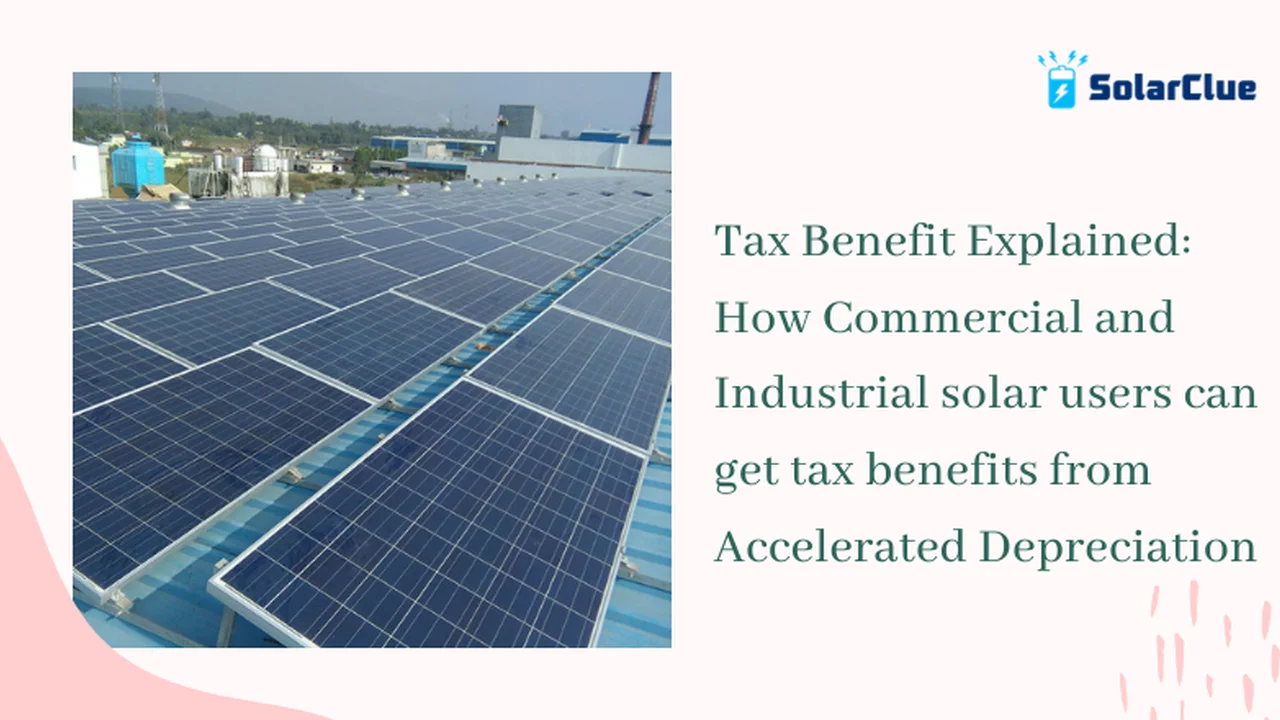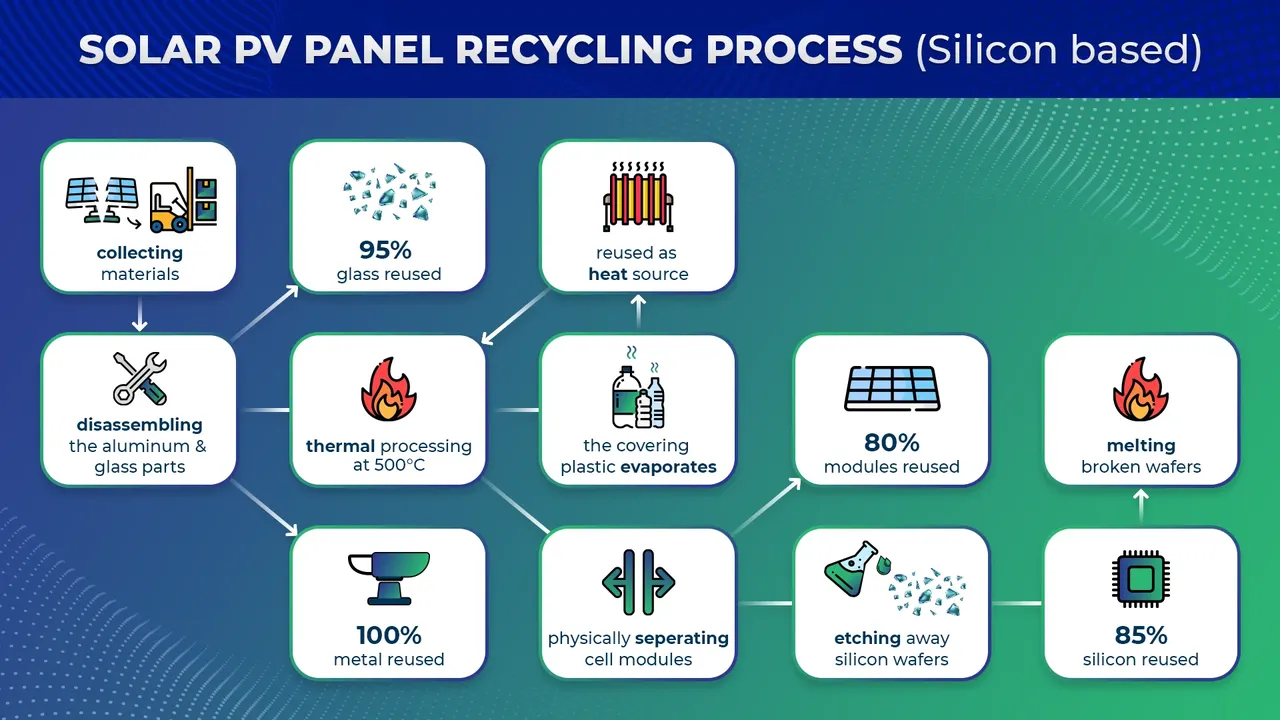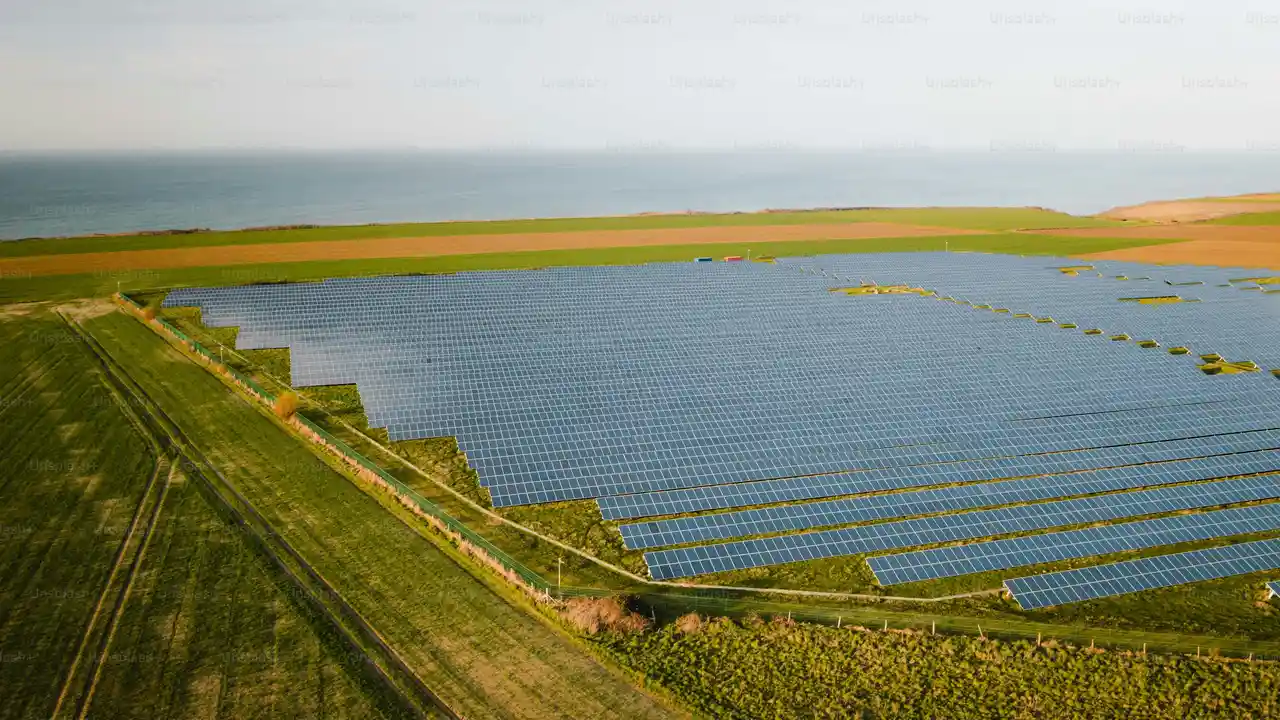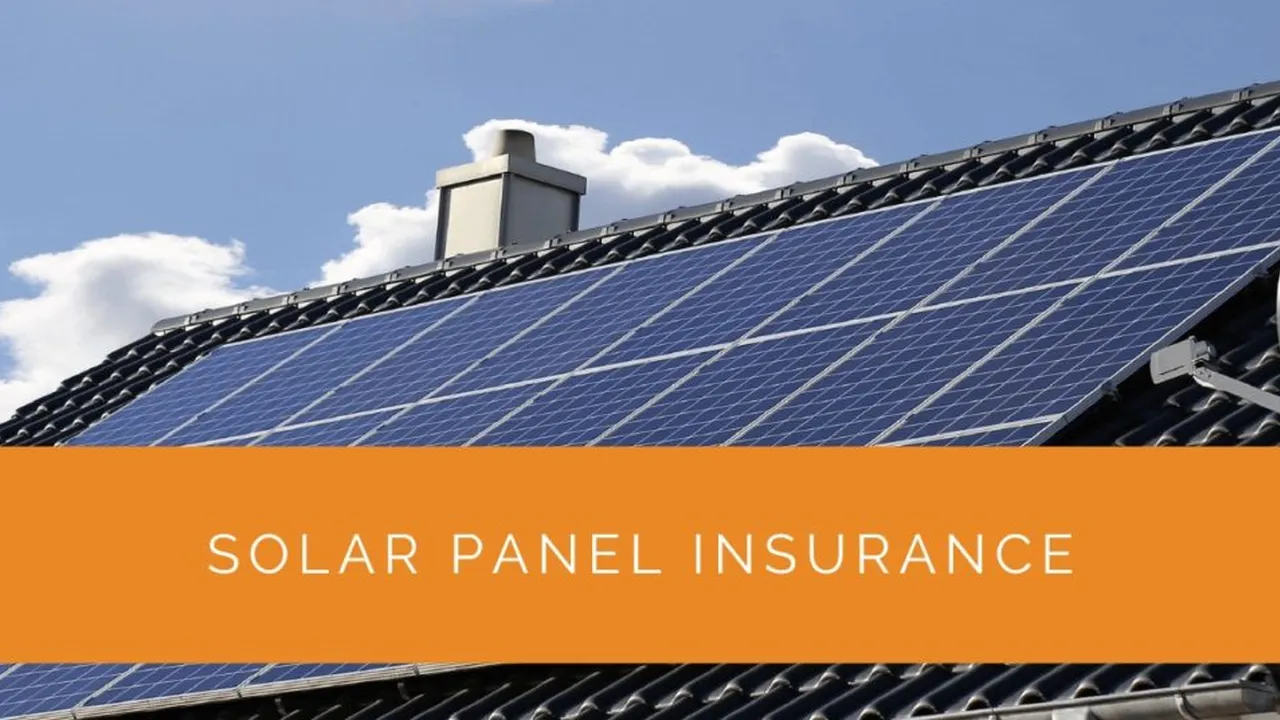Types of Solar Panels: Which One Is Right for You?
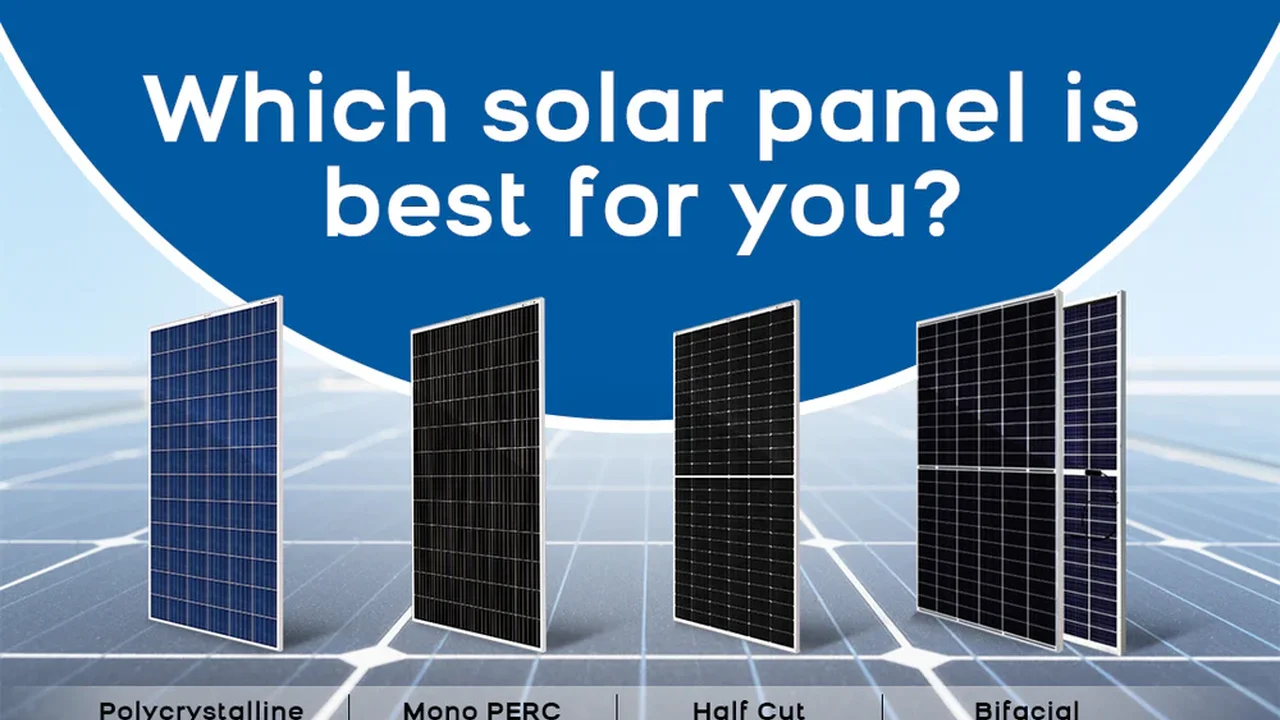
Understanding Solar Panel Technology Types for Home and Business
So, you're thinking about going solar? Awesome! That's a fantastic move for your wallet and the planet. But before you jump in, you need to understand that not all solar panels are created equal. They come in different types, each with its own pros and cons. Let's break down the main contenders and figure out which one might be the best fit for your needs.
Monocrystalline Solar Panels The High-Efficiency Choice
Monocrystalline panels are often considered the "premium" option. They're made from a single, pure silicon crystal. This purity translates to higher efficiency, meaning they can generate more electricity from the same amount of sunlight compared to other types. They also tend to be more aesthetically pleasing with their uniform dark black appearance.
Pros:
- High Efficiency: Monocrystalline panels typically have efficiency ratings of 17-22% or even higher.
- Long Lifespan: They tend to degrade slower than other types, often lasting 25 years or more.
- Space-Efficient: Their higher efficiency means you need fewer panels to generate the same amount of power, ideal for smaller roofs.
- Performance in Low Light: They perform better in low-light conditions compared to polycrystalline panels.
Cons:
- Higher Cost: Monocrystalline panels are generally the most expensive type.
Product Recommendations:
- REC Alpha Series: Known for their exceptional power output and durability. Expect to pay around $3.50 - $4.00 per watt. Ideal for residential rooftops where space is limited.
- SunPower Maxeon Series: Considered the gold standard for efficiency and longevity. Price point is higher, around $4.00 - $4.50 per watt. Perfect for homeowners who want the best possible performance and aren't afraid to invest.
Polycrystalline Solar Panels The Budget-Friendly Option
Polycrystalline panels are made from multiple silicon crystals that are melted together. This process is less expensive than creating single crystals, making polycrystalline panels a more affordable option. They have a slightly less uniform, speckled blue appearance.
Pros:
- Lower Cost: Polycrystalline panels are generally cheaper than monocrystalline panels.
Cons:
- Lower Efficiency: Their efficiency ratings are typically around 15-17%.
- Shorter Lifespan: They may degrade slightly faster than monocrystalline panels.
- Less Space-Efficient: You'll need more panels to generate the same amount of power.
- Performance in Low Light: They don't perform as well in low-light conditions.
Product Recommendations:
- Canadian Solar HiKu Series: A reliable and cost-effective option. Prices range from $2.50 - $3.00 per watt. Suitable for large-scale solar farms or homeowners on a tighter budget.
- Trina Solar Honey Series: Another popular choice for budget-conscious buyers. Expect to pay around $2.60 - $3.20 per watt. Good for larger rooftops where space isn't a major constraint.
Thin-Film Solar Panels Flexible and Lightweight
Thin-film solar panels are made by depositing thin layers of photovoltaic material onto a substrate, such as glass, plastic, or stainless steel. They are flexible and lightweight, making them suitable for applications where traditional panels are not ideal.
Pros:
- Flexible: Can be bent to conform to curved surfaces.
- Lightweight: Easier to install on roofs with weight restrictions.
- Lower Cost: Generally cheaper to manufacture than crystalline silicon panels.
- Aesthetically Pleasing: Can be integrated into building materials for a seamless look.
Cons:
- Lowest Efficiency: Thin-film panels have the lowest efficiency ratings, typically around 10-13%.
- Shorter Lifespan: They tend to degrade faster than crystalline silicon panels.
- Space-Intensive: You'll need significantly more panels to generate the same amount of power.
Product Recommendations:
- First Solar Series 6: A leading manufacturer of thin-film panels. Prices are competitive, generally in the $2.00 - $2.50 per watt range. Often used in utility-scale solar power plants.
- MiaSolé FLEX-03W: Highly flexible and lightweight, ideal for RVs, boats, and other off-grid applications. Price can vary significantly depending on the distributor.
Solar Panel Comparison Efficiency Cost and Usage Scenarios
Let's break down how these panels stack up against each other:
| Panel Type | Efficiency | Cost (per watt) | Typical Usage |
|---|---|---|---|
| Monocrystalline | 17-22%+ | $3.50 - $4.50 | Residential rooftops, space-constrained installations |
| Polycrystalline | 15-17% | $2.50 - $3.20 | Large-scale solar farms, budget-conscious homeowners |
| Thin-Film | 10-13% | $2.00 - $2.50 | Utility-scale solar, flexible applications (RVs, boats) |
Choosing the Right Solar Panel for Your Needs Factors to Consider
So, which type is right for you? Here's what to think about:
- Budget: How much are you willing to spend? Polycrystalline and thin-film panels are more budget-friendly.
- Space: How much roof space do you have? Monocrystalline panels are more space-efficient.
- Energy Needs: How much electricity do you need to generate? Higher efficiency panels will generate more power per panel.
- Aesthetics: Do you care about the appearance of your panels? Monocrystalline panels generally look sleeker.
- Location: Do you live in an area with frequent low-light conditions? Monocrystalline panels perform better in low light.
Solar Panel Installation Costs and ROI Understanding the Investment
Remember, the cost of the panels is just one part of the equation. You also need to factor in installation costs, which can include permits, labor, racking, and inverters. The total cost of a solar panel system can range from $15,000 to $30,000 or more, depending on the size of the system and your location.
However, solar panels can save you money on your electricity bill over the long term. The return on investment (ROI) for a solar panel system can vary depending on factors such as the cost of electricity in your area, the amount of sunlight your roof receives, and the incentives available to you. Many states and the federal government offer tax credits and rebates that can significantly reduce the cost of going solar.
Solar Panel Maintenance and Longevity Ensuring Optimal Performance
Solar panels are relatively low-maintenance. You may need to clean them occasionally to remove dirt and debris, but in most cases, rainfall will keep them clean enough. Most solar panels come with a 25-year performance warranty, which guarantees that they will continue to generate a certain amount of power for at least 25 years. With proper care and maintenance, your solar panels can last even longer.
Specific Solar Panel Products Detailed Reviews and Pricing
Let's dive deeper into some specific product recommendations, including real-world pricing and use cases.
- REC Alpha Series (Monocrystalline): These panels are renowned for their high power output and robust design. They are ideal for residential rooftops where space is at a premium. Expect to pay around $3.50 - $4.00 per watt. Homeowners report significant savings on their electricity bills after installing REC Alpha panels. They are also backed by a strong warranty.
- SunPower Maxeon Series (Monocrystalline): SunPower panels are considered the industry leader in efficiency and longevity. They are the most expensive option, but they offer unparalleled performance. Price point is higher, around $4.00 - $4.50 per watt. Perfect for homeowners who want the best possible return on their investment and are willing to pay a premium. They are often chosen for homes with high energy consumption.
- Canadian Solar HiKu Series (Polycrystalline): Canadian Solar offers a balance of performance and affordability. The HiKu series is a popular choice for residential and commercial applications. Prices range from $2.50 - $3.00 per watt. They are a good option for homeowners who are looking for a cost-effective way to go solar. They are also a common choice for large-scale solar farms.
- Trina Solar Honey Series (Polycrystalline): Trina Solar is another reputable manufacturer of polycrystalline panels. The Honey series offers good value for money. Expect to pay around $2.60 - $3.20 per watt. They are a good choice for homeowners with larger rooftops who are not as concerned about maximizing space efficiency.
- First Solar Series 6 (Thin-Film): First Solar is a leading manufacturer of thin-film solar panels. Their Series 6 panels are used in many utility-scale solar power plants. Prices are competitive, generally in the $2.00 - $2.50 per watt range. They are a good option for large-scale projects where cost is a primary consideration.
- MiaSolé FLEX-03W (Thin-Film): MiaSolé panels are highly flexible and lightweight, making them ideal for off-grid applications such as RVs, boats, and portable power systems. Price can vary significantly depending on the distributor. They are a good option for anyone who needs a portable and flexible solar power solution.
Real World Solar Panel Scenarios and Applications
Let's look at some real-world examples of how different types of solar panels are used:
- Residential Rooftop: A homeowner with a small roof and high energy consumption might choose monocrystalline panels like the REC Alpha or SunPower Maxeon series to maximize power generation in a limited space.
- Large Commercial Building: A business with a large, flat roof might opt for polycrystalline panels like the Canadian Solar HiKu series to reduce costs while generating a significant amount of power.
- Off-Grid Cabin: A cabin owner who wants to power their cabin with solar energy might use thin-film panels like the MiaSolé FLEX-03W due to their flexibility and ease of installation.
- Solar Farm: A utility company building a large solar farm might choose thin-film panels like the First Solar Series 6 due to their low cost and ease of deployment on a large scale.
:max_bytes(150000):strip_icc()/277019-baked-pork-chops-with-cream-of-mushroom-soup-DDMFS-beauty-4x3-BG-7505-5762b731cf30447d9cbbbbbf387beafa.jpg)



